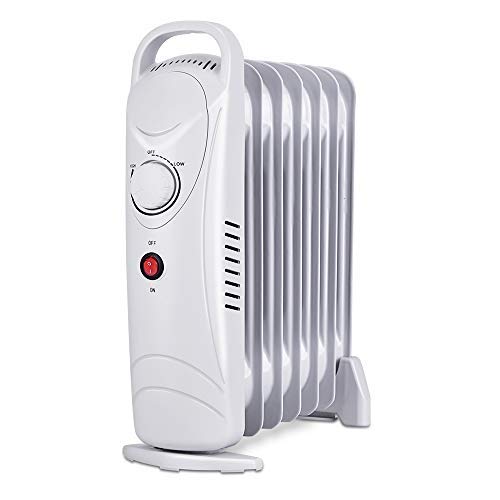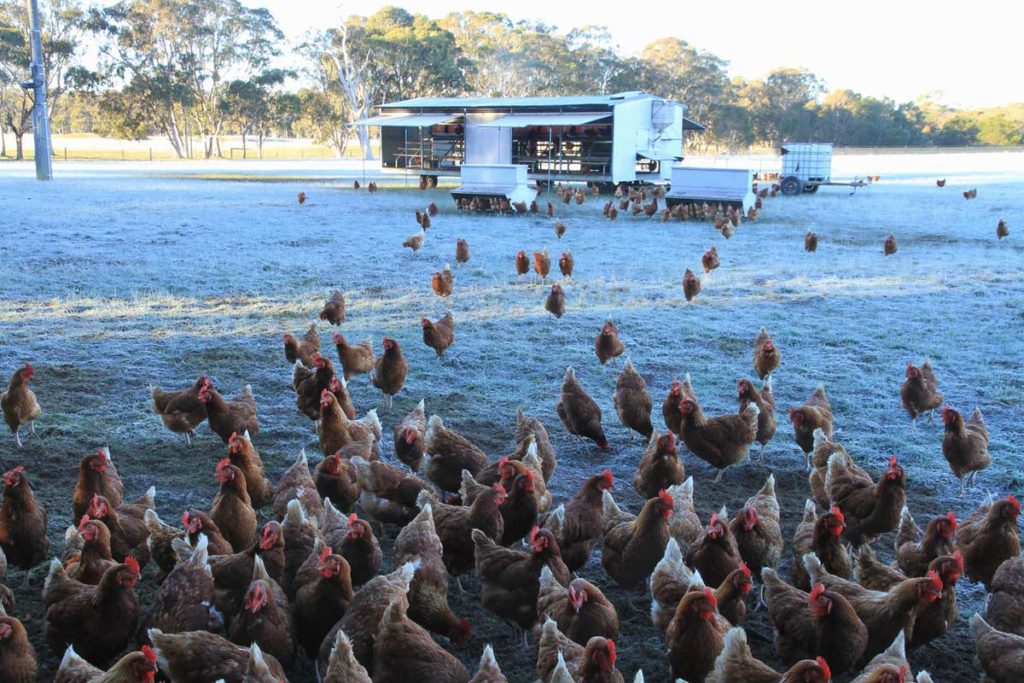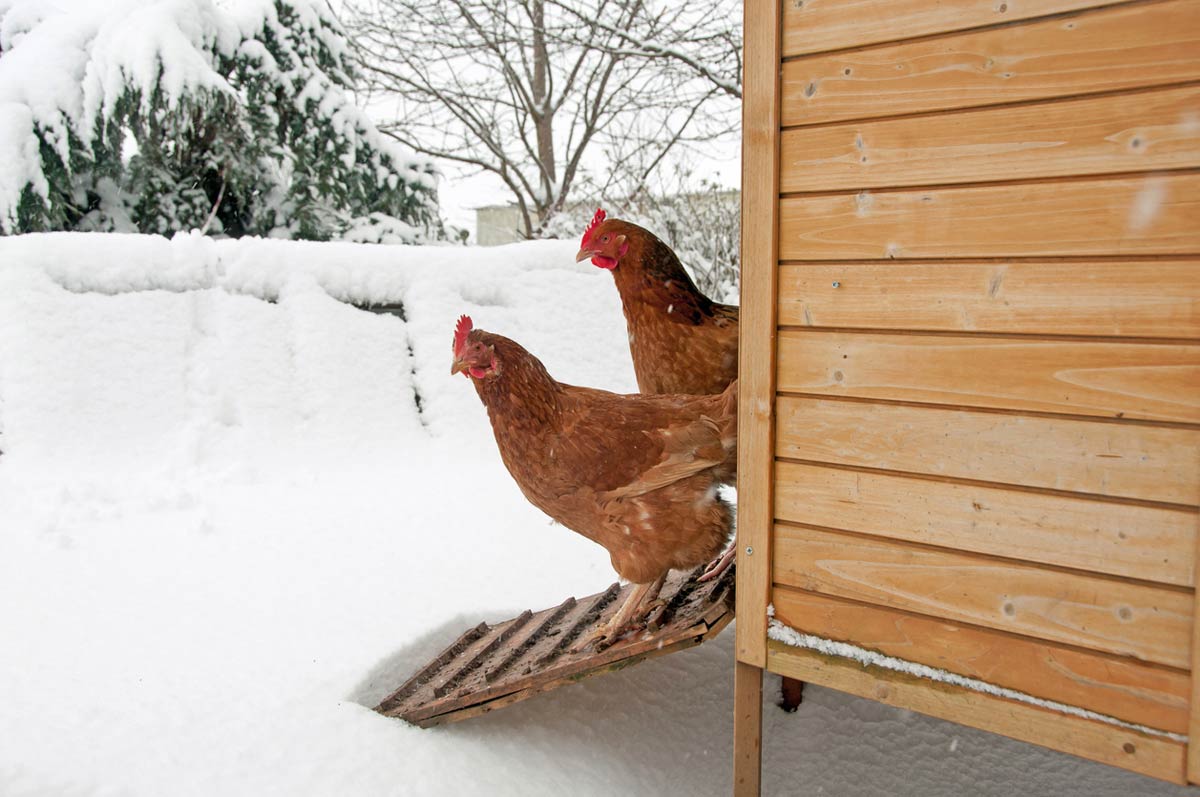For most people, the winter months bring with them cozy blankets and Christmas. For many chicken owners, however, these can be tough months. They need to take extra care of their ladies during this season to ensure that they get proper warmth and heat. Although chickens can be quite tough, they still need you to put in some effort. This can include special care for food, water, and a winter chicken coop. Let’s not forget the woes of reduced egg production during the winter months.
If you want to keep your chickens warm and happy in the frostiest of winters, follow these steps:
Choosing the Right Bedding for Your Winter Chicken Coop
Bedding is not just a luxury in a coop. In the winter weather, it can literally mean the difference between life and death in terms of raising chickens. Apart from providing warmth, a winter chicken coop can help provide a secure foundation for the chickens. Some owners do not prefer to change the bedding. This is because the manure buildup inside the bedding can add to the heat.
If the bedding is too dirty and you absolutely need to change it, then you can clean it up. Regrettably, it doesn’t take much time for the manure to build up inside the bedding. In general, the following materials are used as bedding in the winter:
Bedding Material:
- Stray and Hay – Straw and hay is the most popular choice. It keeps chickens sufficiently warm.
- Pine and Cedar Shavings – These are perhaps the best at providing insulation. The added bonus is that they dry quickly so you won’t need to worry about moisture. Moreover, they are quite inexpensive.
- Sand – Sand is yet another moisture-free option for bedding. It makes for excellent insulation material in the winter months. It tends to be expensive in the beginning; however, you seldom need to change it.
Of course, there are other options available on the market such as paper, shredded leaves, and grass, etc. These tend to retain too much moisture which can be dangerous in the winter.
You can also use the deep litter method. All you need to do is let all the waste accumulate within the litter, then stir it. Finally, top it off with new shavings. This helps trap heat in as more and more waste accumulates.

Using Heaters
If you live in an area where it only gets mildly cold, you can happily skip these steps,though a simple heat source may help if your area suddenly experiences freak freezing temperatures at night. Remember that, just because you feel cold, doesn’t necessarily mean that your chickens feel cold as well. They have feathers all over their body to keep them warm.
That said, if the temperature drops below freezing, then you might want to add a heater. Some heat sources require extra insulation such as a heat lamp or a brooding lamp because they do not work in extremely cold conditions. On the other hand, though they can help the hens stay warm, they can be dangerous as they heat the coop too much and cause fires.

A great safe option would be to go for infrared or radiative heaters. They do not use air or steam to heat up and so do not kick up dirt or dust. Heating panels can be the perfect option as they create a temperature spectrum in the winter chicken coop .
If you place them in one corner of the coop, that area will be the hottest. As you move away from it, the area will gradually become cooler. This allows the chickens to pick the area that is warm enough for them without being too uncomfortably hot.
Poultry Nutrition
In the cold winter, the chickens go through their molting phase and require much more nutrition than in the summers. Generally, your chickens might need 10% more calories in the cold months. Therefore, it is crucial that your chickens are well fed.
Pecking food or corn can help them feel better while oatmeal helps keep them warm. You can add bananas or maple syrup to the oatmeal as well.

Grit
Another important part of their diet is grit. Chickens collect grit from the ground to help them break down food.
In the winter months, the ground might freeze over, so they miss out on enough grit. To overcome this, you can use commercial feeders or crushed grit placed inside the winter chicken coop to ensure they get a proper supply.
Avoid Frozen Water
Another issue you might face is frozen water. Chickens need a constant supply of fresh, clean water throughout the day, even when the temperature is subzero. Therefore, a water heater can make your life much easier by providing your chickens with warm water.
Additionally, there are some low wattage water heaters available on the market. You can use solar panels or smaller batteries to operate them.
Dust Bath
If the ground is covered in snow, your chickens might not be able to bathe in the dust. Therefore, you might need to set up a separate bath for them. Use a small steel or iron tub that can easily accommodate two chickens at a time. Fill it with dry dust and dirt and let your ladies do the rest!
Provide Proper Ventilation
Ventilation is, perhaps, the most important part of preparing your winter chicken coop. Poor ventilation can often lead to condensation and moisture. This can, in turn, lead to frostbite in your hens’ combs. Therefore, ensure proper ventilation around your coop throughout the day.
Otherwise, the moisture can result in respiratory problems, frostbite, and frozen combs as well as numerous health issues. You need to ensure that your coop is dry and warm. Finally, you should add gable vents to the front and the back of the back.
You can also add a ventilated roof as well as a hardware cloth door. This helps in keeping the coop well ventilated without running the risks of drafts.
Patch up Leaks
Melting snow or other kinds of water leaks in the chicken coop can lead to health problems. You need to make sure that your winter chicken coop is as dry as possible. Also, remember to caulk and seal all holes or cracks for the winter.
You also need to caulk against the air! Add a plastic tarp outside the coop to keep any drafts away.
Bottom Line
Protecting your chickens against the cold clutches of winter can be quite easy if you follow these steps. Just remember to keep your coop as dry as possible and you won’t run into any problems. Finally, fulfilling all their shelter and food need can help you maintain a warm and happy flock through the winter.

